Imaging findings in postmenopausal endometriosis
Most women diagnosed with endometriosis during their reproductive years become asymptomatic in postmenopausal period, but lesions remain biologically active despite lower estrogen levels. The pathophysiology of postmenopausal endometriosis remains unclear, though lesions appear less active and extensive. The risk of…
Key Points Lay SummaryLaparoscopic port site complications.
Dr. Semm performed the first laparoscopic surgery in September 1980 at the University of Kiel, marking a significant milestone. Following 1985, laparoscopy expanded beyond urogynecology into various medical fields, becoming widely accepted for interventions in multiple anatomical spaces. In recent…
Key Points Lay SummaryDiagnosis and the Treatment of Postmenopausal Endometriosis
About 190 million women around the world are diagnosed with endometriosis. The majority of the cases are between 30 and 40 years of age. After menopause, the incidence of endometriosis declines to 2-5%, and it is more common in women…
Key Points Lay SummaryThe compliance for post-surgical follow-ups after endometriosis surgery
. The patient's adherence to follow-ups after surgery is essential as it is the only way to evaluate the surgery's benefits in improving pain symptoms and recurrences, measuring the quality of life, and fertility outcomes. . Dr. Szabo and his…
Key Points Lay SummaryMenopause-management strategies for women with endometriosis.
Menopausal hormonal therapy is the most effective treatment for menopausal symptoms, such as hot flushes, sweating, sleep disturbances, mood changes, and joint pain. Approximately 75% of all women experienced some degree of these symptoms, while 2-4% were diagnosed with endometriosis. Menopausal…
Key Points Lay SummaryNovel Diagnostic Strategies for the Detection of Malignant Transformation of Endometriosis
Endometriotic implants can grow on various organs and tissues in the pelvis, leading to pain, infertility, and other symptoms. Most cases of endometriosis are benign and there is a small risk of malignant transformation. The review conducted by Dr. Hiroshi…
Key Points Lay SummaryA search for a marker to show the malignancy risk of endometriomas
The premalignant features and precursors that show the malignant potential in endometriomas are not well-known. In the systematic review conducted by Ludovica Bartiromo et al, the markers for malignant transformation have been analyzed and recently published in a recent issue of…
Key Points Lay SummaryThe effect of hormone therapy after surgical menopause on endometriosis recurrence
Definitive surgery for severe and advanced endometriosis is hysterectomy with bilateral oophorectomy, which may cause vasomotor symptoms, sleep deprivation, mood change, and dyspareunia in the patients. Furthermore, after the surgical removal of the ovaries, the sudden drop in estrogens causes…
Key Points Lay SummaryPhytoestrogens could have promising effects in endometriosis management
Dr. Bartiromo and associates from Milan, Italy published a systematic review on phytoestrogens and endometriosis in the periodical “Nutrients”. Endometriosis has features of chronic inflammation based on uncontrolled hormonal response and immune-mediated dysfunctions. Estrogens are endocrine and paracrine agents that could yield…
Key Points Lay SummaryCancer-associated mutations and endometriosis
Endometriosis is thought to benign gynecological disease. However, recent studies compiled in this review paper suggest that spontaneous somatic mutations are driven to occur during the cyclic bleeding resulting in endometriosis tissue undergoing repeated tissue injury and repair. Mutations are…
Key Points Lay SummaryPostmenopausal endometriosis: Is it a rare phenomenon?
Endometriosis, the estrogen-dependent disease defined as the localization of endometrial glandular and stromal tissue outside the uterine cavity, is generally diagnosed in the reproductive-aged women. However, recent literature proved that this disease can also be observed in the premenopausal and…
Key Points Lay SummaryFactors affecting risk of ovarian endometriosis malignancy
Getting married when older, having had ovarian endometriosis for longer, giving birth in a shorter time, and other complications in the uterus that are benign may all increase the risk of ovarian endometriosis malignancy. This is according to a study…
Key Points Lay SummaryNot a malignancy, it is "polypoid endometriosis"
Ghafoor S. et al., from Memorial Sloan Kettering Cancer Center, NY, USA, has recently reported a case of a 60-year-old postmenopausal woman with an incidental pelvic mass mimicking a pelvic malignancy on ultrasound. Their paper has been published in the…
Key Points Lay SummaryWhat happens to women with endometriosis after menopause?
Endometriosis affects women in their reproductive period of life, with expected regression of lesions in the postmenopausal period. Literature about postmenopausal endometriosis assessing the prevalence, pathogenesis, and treatment is limited. As 2-5 % of postmenopausal women are affected by this uncommon condition, developing stress…
Key Points Lay SummaryA clearer picture of "endometriosis after menopause"
Delfin Avendano Tan and Marie Josephine Guanlao Almeria are obstetrician-gynecologists from the Philippines. They recently published a review article titled "Postmenopausal endometriosis: drawing a clearer picture". In this paper, the authors discussed the pathogenesis, risk factors, and management of postmenopausal…
Key Points Lay SummaryUsing near-infrared imaging to discriminate malignant from benign endometriosis
Endometriosis usually begins as a benign disorder with an increased risk of developing ovarian and endometrial cancers. Endometrioid and clear cell carcinoma histologic subtype of ovarian cancer partially originate from endometriosis. Recent studies on the pathogenesis of endometriosis‑associated ovarian cancer…
Key Points Lay SummaryEndometriosis and Ovarian Cancer Risk
Ovarian cancer prevalence in women with endometriosis is higher than the general population. It is often hypothesized that endometriosis-associated malignancies can occur from ovarian endometrioma. This systematic review by Taniguchi highlighted new insights on the relationship between endometriosis and ovarian…
Key Points Lay Summary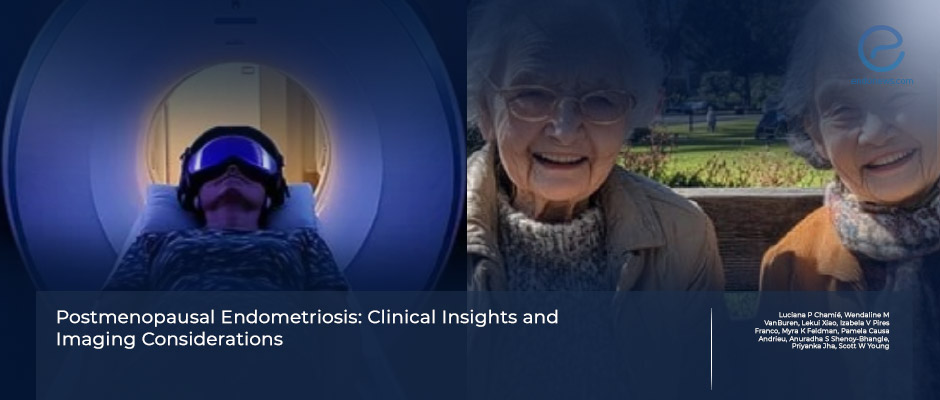
 By Selma Oransay
By Selma Oransay
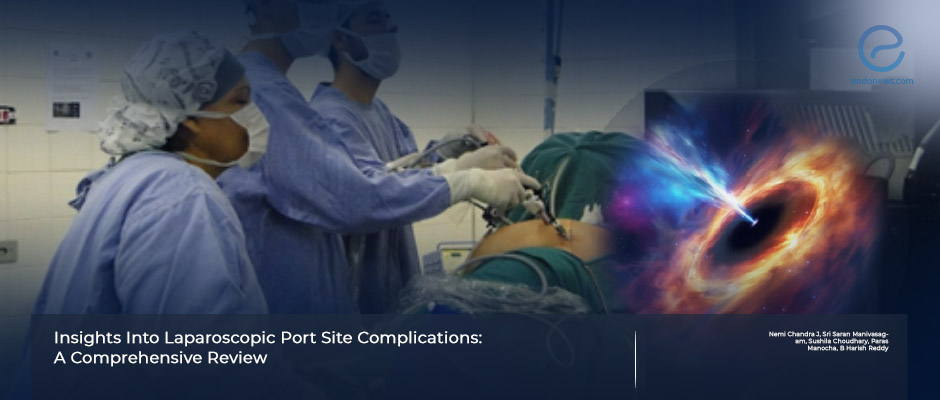
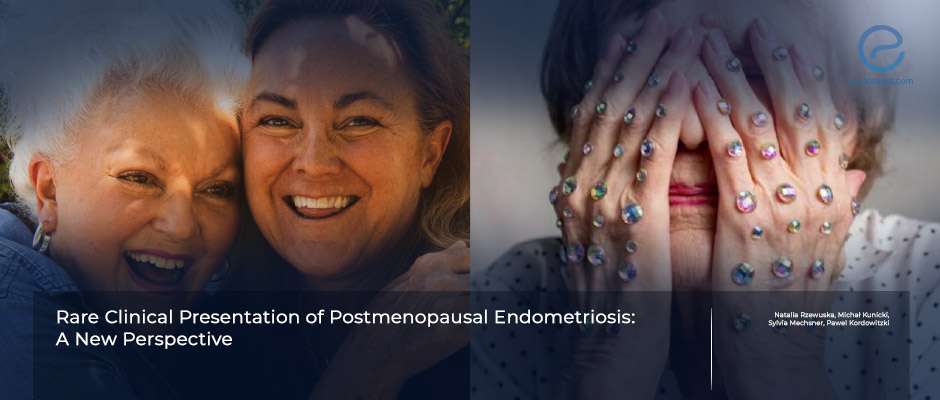
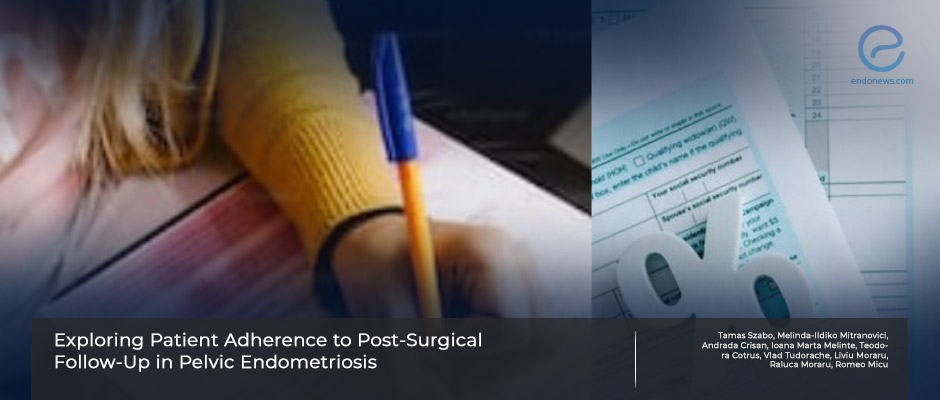
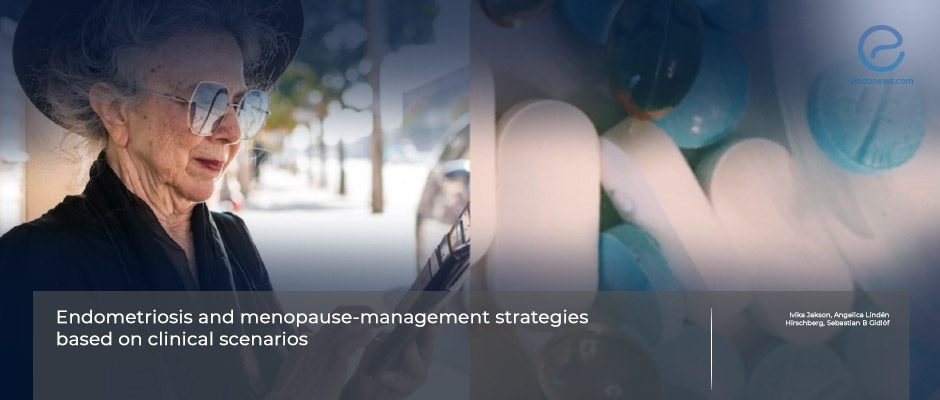
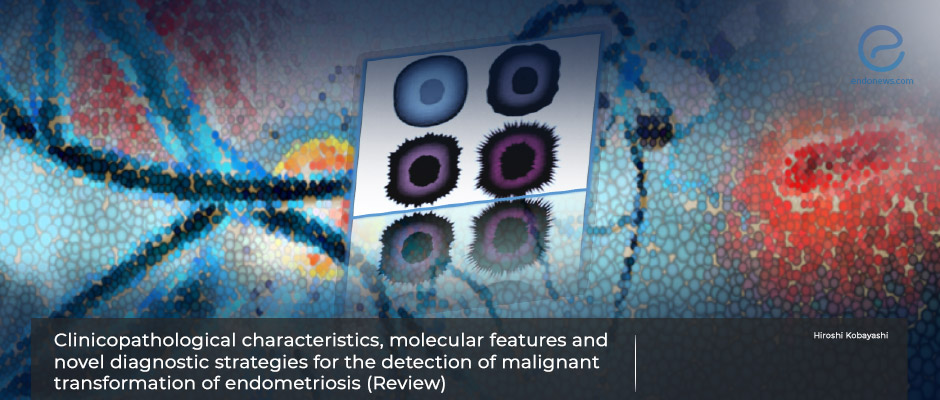
 By Bahar Yuksel
By Bahar Yuksel
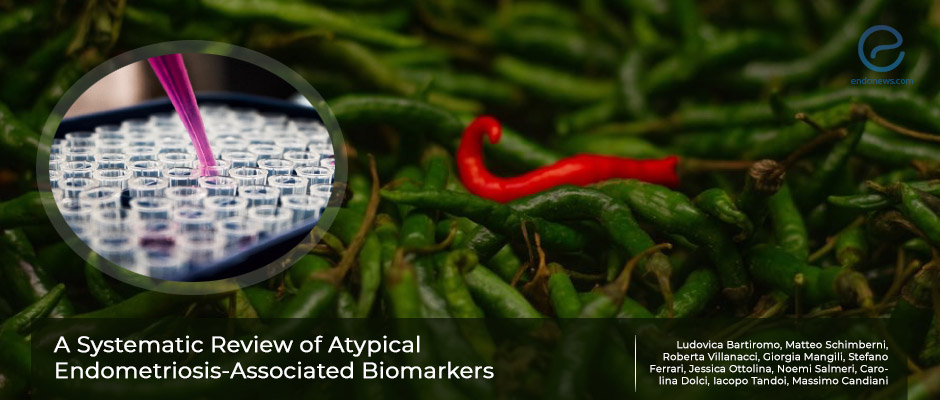


 By Nasuhi Engin Aydin
By Nasuhi Engin Aydin
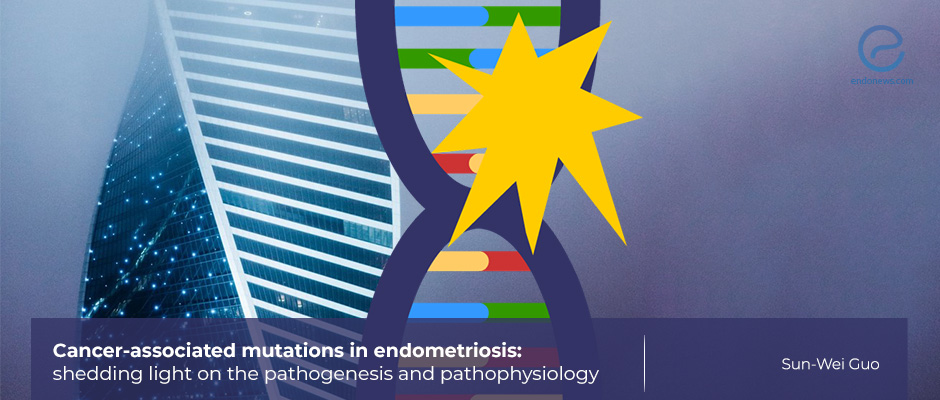
 By Ellen Tumimbang
By Ellen Tumimbang
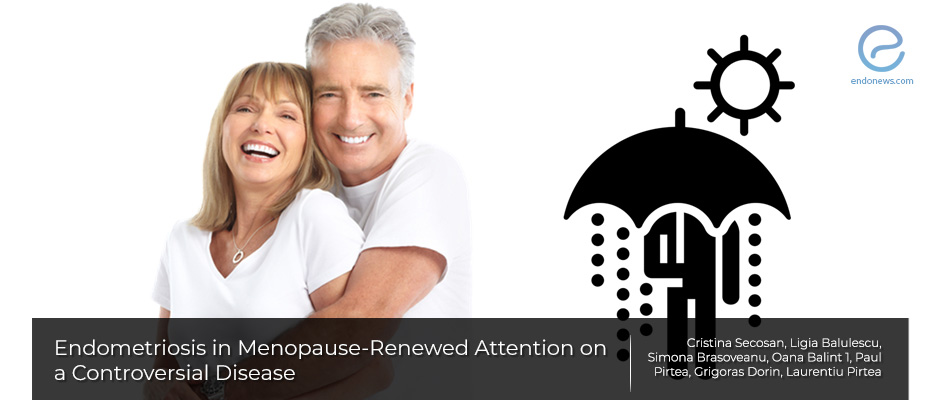
 By Hale Goksever Celik
By Hale Goksever Celik
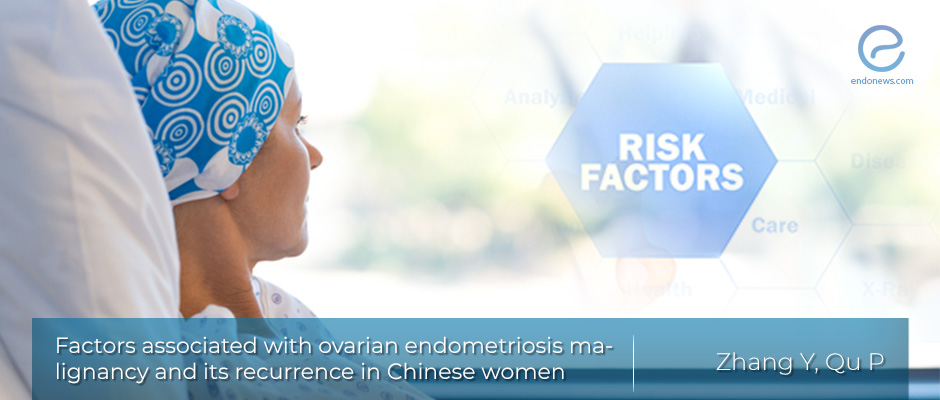
 By Özge Özkaya
By Özge Özkaya
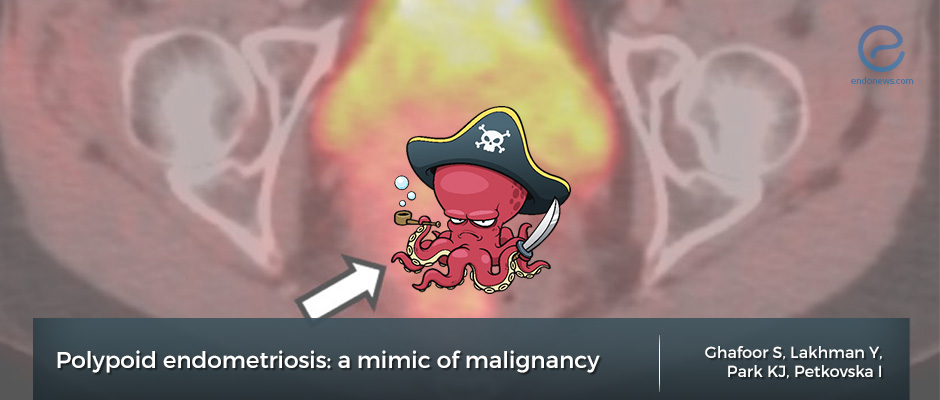
 By Irem Onur
By Irem Onur
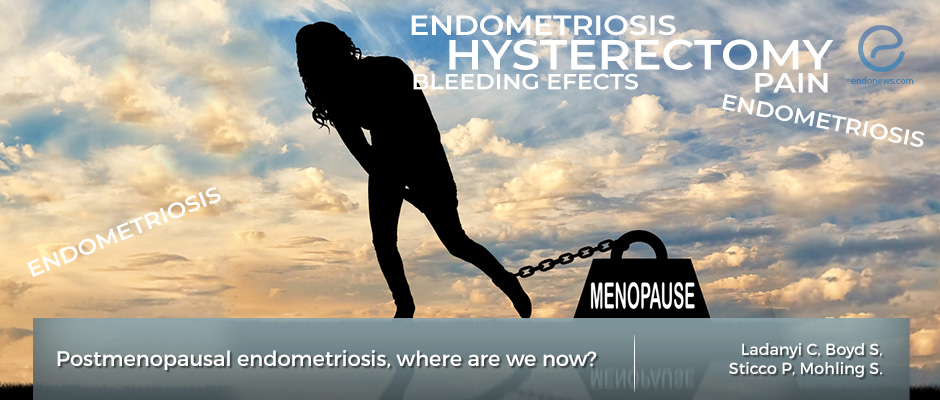
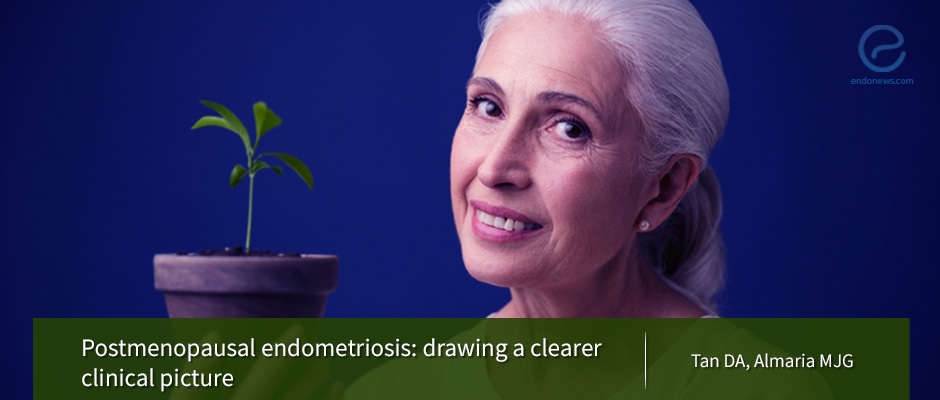

 By Yu Yu
By Yu Yu
